New Markets, New Strategies: Wealth-Building Habits for Intelligent Investing
$15.96
| Author(s) | |
|---|---|
| Format |
|
| Pages |
208 |
| Publication Year |
2005 |
In New Markets, New Strategies, Trennert outlines an insightful, practical, and forward-thinking approach to investing. Providing investors with techniques based more on long-term performance than short-term hysteria, he explores topics including major themes that will move markets in the coming decade and the hidden but all-too-real dangers of passive management and index funds.
Author’s Note:
The first half of New Markets, New Strategies examines the major investment themes that grew out of the bear market and that I believe will shape the debates in the financial markets in the decade ahead. Chief among them will be a greater reliance on tried-and-true dividends to boost total return. A casualty of longstanding discriminatory tax treatment and the “it’s different this time” approach to investing in common stocks in the late 1990s, a combination of lower average returns and a renewed emphasis on corporate governance would likely be, in and of themselves, powerful reasons for investors to reemphasize the importance of yield. President Bush’s landmark 2003 tax cut on both dividends and capital gains only makes the after-tax return on stocks that much more attractive.
Also a function of the bear market (and incidentally, an all-time low in dividend yields) has been the rapid growth in hedge funds and alternative investments. In Chapter 2 we’ll explore the nature and function of these largely unregulated and sometimes mysterious investment vehicles. No longer the province of elite money managers and wealthy individuals, hedge funds are having a greater impact on the market’s volatility, are making traditional sentiment indictors less useful, and are changing the way money is managed among traditional “long only” investors. Their influence on the day-to-day functioning of the markets should not be underestimated.
Next we’ll examine how the events of 9/11 and their aftermath have shaped government policy and why what happens in Washington will be increasingly relevant for investors in the decade ahead. Like it or not, we live in a world marked by greater violence and geopolitical risk. The horrific events of 9/11 have set a course for government policy and military spending that investors can’t afford to ignore. The relationship between government policy and the financial markets has always been greater than many strategists would like to admit. In Chapter 3 we’ll examine why what happens in Washington will have a greater influence on sector and stock selection than ever before.
The backlash from investors and regulators in the aftermath of the grizzly bear market that started in 2000 underscored once again how important it is to consider the character of those entrusted with managing the companies in which investors place their trust and money. In Chapter 4 we’ll discuss why investing in good corporate governance will be crucial in the decade ahead for both the individual and institutional investor. We’ll also provide a framework for investors to evaluate which boards and managements understand and respect the investor and those that do not.
In Chapter 5, the last investment theme we’ll explore in Part I is the growing differences between winners and losers in today’s modern global economy. Outperforming the broader market in recent years has had more to do with avoiding the worst stocks than picking the best ones. In such an environment, it will be increasingly important to consider the consequences of free trade and technological innovation on companies, workers, and investors,
In Part II we’ll use the themes explored in the first half of New Markets, New Strategies to build a framework suitable for both the investment professional and the private investor. In many ways the ever-increasing volatility of the financial markets in recent years is only a symptom of the increasingly fast-paced nature of modern life. Because stocks are, after all, long-term investments, the rapidity with which information is disseminated via the Internet and the 24-hour news cycle presents particular opportunities and pitfalls for investors. In Chapter 6 we’ll explore the reasons why Wall Street analysts have developed such a bad reputation and how both professional and private investors alike will be able to profit from the return of unbiased and independent research in the years to come.
Of all the investment strategies and tactics that have been widely employed throughout the years, the contrarian approach has arguably been the most successful, albeit the most difficult to follow emotionally. Eschewing groupthink and crowd behavior is never easy, but it now appears obvious that the professional and private investor alike should have been selling stocks at the height of euphoria in March 2000 and buying stocks at the depths of despair in October 2002. In Chapter 7, Old Lord Keynes will once again show us that, when it comes to the contrarian approach, what is old is new again on today’s new Wall Street.
The massive losses that accrued to investors in common stocks after the bubble burst have undoubtedly taught investors that good companies can often turn out to be bad investments. In Chapter 8 we’ll discuss the importance of valuation in creating a long-term investment strategy, providing a straightforward approach to comparing companies across sectors. In the last two chapters we’ll attempt to bring all of these concepts together to provide a plan for both the investor who wishes to pick stocks and the investor who is likely to stick with mutual funds. While the investment objectives and time horizons of those reading this book will likely vary dramatically, my Thrifty Fifty portfolio as highlighted in Chapter 9 should provide meaningful insights into how investment professionals attempt to bridge the gap between big picture investment themes and the stock selection process. Finally, for those more comfortable with investing in mutual funds, we’ll lay out the case for active management over indexation.
Throughout the following pages and chapters, you’ll notice that I will at times use the first person narrative to relate anecdotes and personal perspectives about the various issues facing investors today. While this is generally considered outré in academic circles, I am no academic and believe it’s important to draw bright lines between empirical research and personal opinion. Given the misconceptions that have been perpetuated in recent years about sell-side research analysts, I also believe that some of the stories of my travels as a Wall Street strategist will provide greater understanding of the challenges faced by people charged with giving investment professionals advice on how to manage other people’s money.
Contents:
- Yield Makes a Comeback, and the Importance of Dividends
- The Growing Influence of Hedge Funds
- Washington Becomes the Center of the Universe
- Investing in Good Corporate Governance
- Winner-Take-All Markets
- Taking Advantage of the Changes in Investment Research
- The Need for a New Contrarian Approach
- The Importance of Valuation
- Bringing It All Together
- The Case for Active Management
New Markets, New Strategies: Wealth-Building Habits for Intelligent Investing By Jason Trennert pdf
3 reviews for New Markets, New Strategies: Wealth-Building Habits for Intelligent Investing
Clear filtersOnly logged in customers who have purchased this product may leave a review.

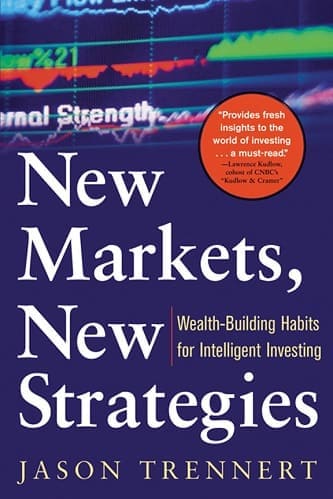
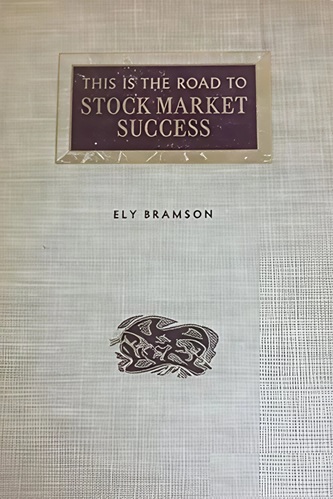
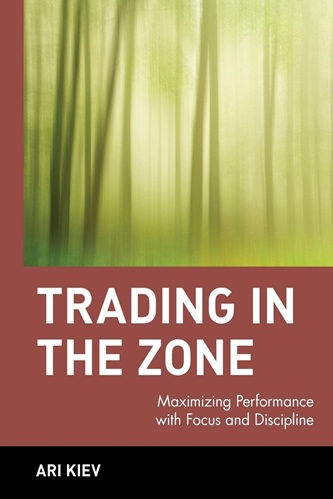



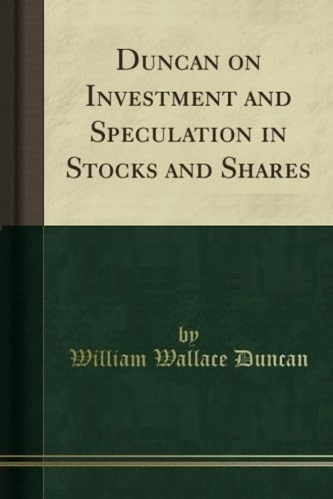
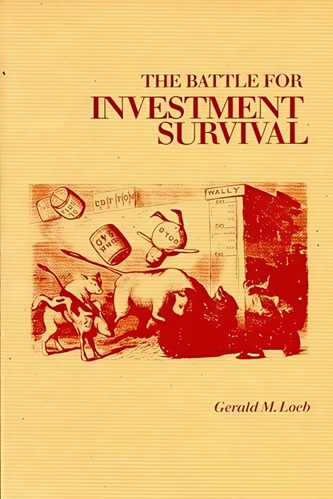
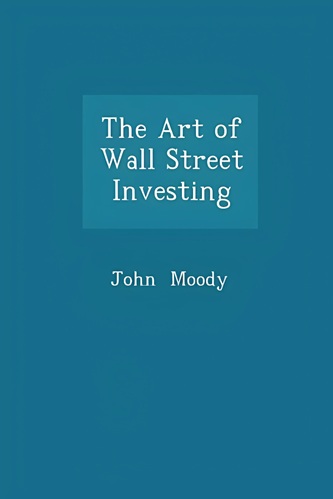
Thalia Howe (verified owner) –
I think this book is great. Jason Trennert has a writing style that is clean, crisp, and intelligent. It’s a true talent made even more impressive by the fact that he is able to write in this manner on an otherwise dry, academic topic.
Milo Calhoun (verified owner) –
This Book should be part of every investor’s library. Trennert is informative, thoughtful, and analytical. Its a must-read.
Logan Zuniga (verified owner) –
Jason Trennert provides fresh insights to the world of investing. A sound thinker, he’s a must-read.